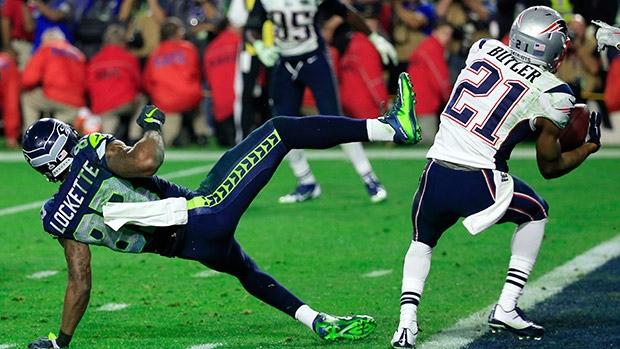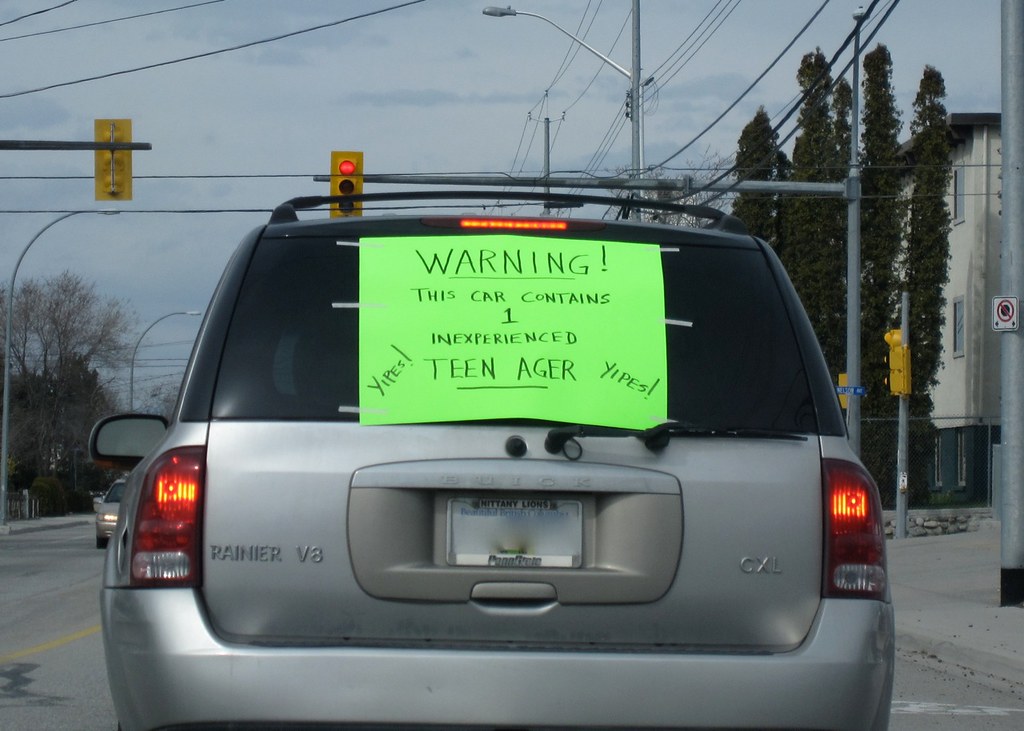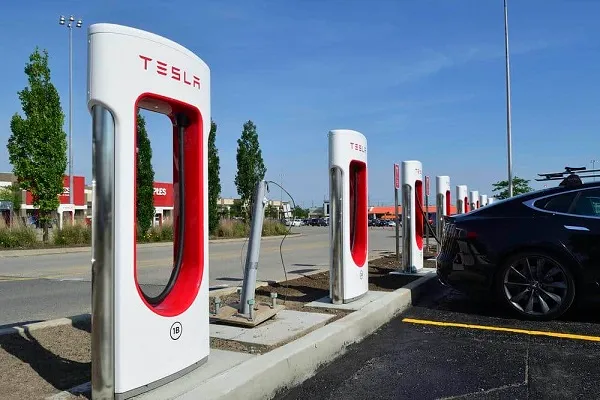
Wrong Call
By KIAN SAHRAI
Staff Writer
The last time a National Football League (NFL) team won back-to-back Super Bowls was in 2004 and 2005 when the New England Patriots defeated the Carolina Panthers and the Philadelphia Eagles, respectively. The Patriots have always been a powerhouse in the NFL, and were right back in the big game in 2008, this time against the New York Giants in Glendale, Arizona. This game was one of the most historic games in recent memory with the Giants making a late comeback to win the game, capped off by an improbable catch by Giants wide receiver David Tyree.
On February 1, the Patriots were back in Glendale to avenge their heartbreaking loss, this time against the defending Super Bowl champions, the Seattle Seahawks. The game, like every historic Super Bowl, came down to the final play, one which has been called “the worst play call … in the history of football” by Hall of Fame running back Emmitt Smith via his Twitter account. The drive leading up to the play was eerily similar to the drive against the Patriots in 2008 when David Tyree made, arguably, the most memorable catch in Super Bowl history. During this year’s Superbowl Sunday, Jermaine Kearse of the Seahawks made a bobbling catch while falling to the ground, giving the Seahawks a golden opportunity to win the game to be the first back to back champions since the Patriots in ‘04 and ‘05. With under a minute left and the Seahawks one yard away from scoring the potential game winning touchdown, most Patriots supporters were ready to accept the defeat.
On 2nd-and-goal on the one-yard line, Russell Wilson, the Seahawks’ quarterback, received the call from his head coach, Pete Carroll, to throw the ball. Wilson most likely confirmed the play call with his offensive coordinator and proceeded to execute the play, except the Patriots’ Malcolm Butler decided to show up. Wilson threw his season’s first interception from the one-yard line, sealing the game for the Patriots and ending the Seahawks’ chance at another Super Bowl title. That decision to throw the ball rather than execute a power run play with the best running back in the league, Seahawks’ Marshawn Lynch, will forever be connected to Super Bowl XLIX and will always be up for debate as to whether it was the right play.
Lynch had just had one of his best seasons as a pro, accumulating 13 rushing touchdowns (first in the league) and over 1300 rushing yards (fourth in the league), according to ESPN. He was a near guarantee to score a touchdown from the one-yard line on that play but was overlooked in favor of the riskier pass. Carroll made the call to go for a pass play instead of hand it off to Lynch for several reasons.
If the pass were incomplete, the clock would have stopped, allowing Seattle to run another play. Although a pass play was not the worst option at that moment, the type of pass play that they ran was. Instead of running a fade route to the corner of the end zone where the defense would have absolutely zero chance of intercepting the ball, the Seahawks ran a slant route through the middle of the field where several Patriot defenders were playing.
The obvious call would have been to use the best power running back in the game, force the ball into the end zone and end the game on one final play. Instead, the Seahawks coaching staff decided to call the worst possible option on that play, leading to an undrafted rookie on the Patriots becoming an improbable hero on a nearly hopeless defense.
When an undrafted rookie becomes the hero of the game on the last play of the biggest game of the year, one must ask the question: was it just a good play or a terrible play call? I personally think that although the result was a combination of both, the latter is what led to the Patriots’ Super Bowl victory.
Right Call
By MAVERICK FREEDLANDER
Staff Writer
Pete Carroll, the coach of the Seattle Seahawks, made one of the boldest play calls in NFL history on Super Bowl Sunday. Or did he?
The Seahawks had 2nd down and goal from less than one yard out from the goal line after Marshawn Lynch, their superstar running back, ran the ball 5 yards on the previous play. The obvious option would have been to run it with Lynch to try to gain the lead.
The Seahawks offensive coordinator, Darrell Bevell, called a pass play based on the personnel package which the Patriots came out in. Carroll most likely approved this play call, considering his merit as a coach in the National Football League (NFL) and in the National Collegiate Athletic Association Football (NCAAF). The Patriots head coach, Bill Belichick, sent out eight defensive linemen/linebackers and only three defensive backs.
For those not familiar with these terms, the formation means that the Patriots were committed to defending any possible run play. Recognizing that, Seahawks’ Carroll and Bevell called a quick passing route. If the Seahawks had converted on this play, and their offensive players had done their job correctly, the Seahawks would have had a great opportunity to be Super Bowl Champions. If Seahawks quarterback Russell Wilson had made that throw, we would all be praising Carroll for calling a pass play, which was the unexpected option. Lynch should have ran the ball though because he is practically assured on the goal line, right? Not quite.
According to ESPN, Lynch had 5 carries from the one-yard line during the 2014 season. Only one of those carries resulted in a touchdown. In the NFL this year, 223 running plays were attempted from the opponents’ one-yard line. These runs resulted in 129 touchdowns and two lost fumbles, a conversion rate of about 57.8%. In comparison, 108 passes were attempted from the opponents’ one-yard line this year, resulting in 66 touchdowns and 0 interceptions, a slightly better conversion rate of about 61.1%.
But we are talking about Lynch in the red zone in the Super Bowl; he will obviously step up and convert. That is also not true, as Lynch failed to convert on a 3rd-and-1 and a 3rd-and-2 in the red zone earlier in the game. The Seahawks also had only one timeout left, and saving it was very important. If Lynch’s run was stuffed, as it usually has been over his career from the one-yard line, the clock would have continued to run and Seattle most likely would have been forced to use its final timeout. If that happened, it would have been near impossible to run it again because another failed run would have likely run out the clock to the end of the game.
It is easy to call Carroll an idiot with the benefit of hindsight, but in reality it was not his fault. It was a great play by the Patriots’ cornerbacks Brandon Browner and Malcolm Butler, and it came at a crucial moment. If anyone needs to be blamed, it should be Wilson for throwing it too far inside, Seahawks’ Jermaine Kearse for being held in place by Browner and Seahawks’ Ricardo Lockette for not making an aggressive attempt at the ball.
I am not arguing that running with Lynch would have been a bad decision, but acting as if Carroll was the one who blew the game is ridiculous; the play call made perfect sense. No Seahawks fan wants to blame the players, but what happens on the field is the responsibility of those who actually enter the field of play.
The Xs and Os behind the Super Bowl’s last play
February 23, 2015
0
Tags:
Donate to Sword & Shield
$180
$1000
Contributed
Our Goal
Your donation will support the student journalists of University High School. Your contribution will allow us to purchase equipment and cover our annual website hosting costs.
More to Discover














